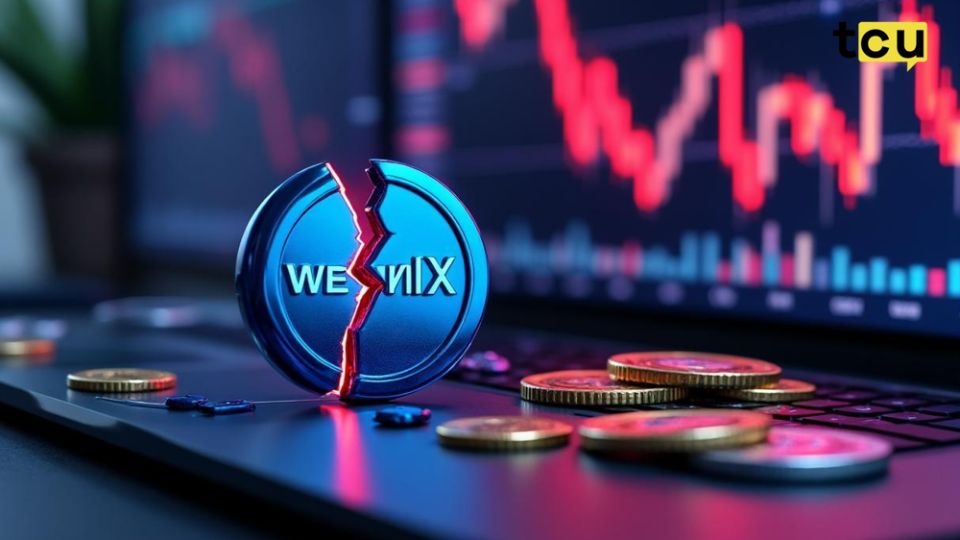Ripple CTO reveals why the firm is not currently using XRPL DEX for payments
Ripple’s Chief Technology Officer, David Schwartz, has revealed that regulatory risks are the main reason why the company and its partners have not embraced the XRP Ledger’s decentralized exchange (DEX) for payment settlements.
The statement came in response to a user on X (formerly Twitter) who questioned the DEX’s underwhelming activity despite Ripple’s wide-ranging institutional partnerships.
According to the community, the network has over a decade of development behind it and more than 300 financial partners. As a result, it is expected to facilitate far greater on-chain volume than it is currently processing.
Why is Ripple not using XRPL DEX for payments?
In his post on X, Schwartz acknowledged the slow progress, attributing it to institutional reluctance around public liquidity pools. He said:
“Institutions have historically preferred to use digital assets off-chain rather than on-chain. I think we’re close to changing that because institutions are starting to see the benefits of moving on-chain.”
Schwartz also pointed out a key concern in the difficulty of verifying liquidity sources on an open DEX. In his words, Ripple currently avoids using the XRPL because “we can’t be sure a terrorist won’t provide the liquidity for payment.”
Considering this, Ripple or its counterpart engaging with the DEX poses serious legal and reputational risks without reliable controls.
To address these concerns, Schwartz highlighted ongoing efforts to introduce permissioned features. One such tool under development, permissioned domains, could help institutions identify trustworthy liquidity providers, potentially unlocking safer use of on-chain payment rails.
BlackRock could still adopt XRPL
Despite the issues Schwartz cited, the Ripple CTO expressed a belief that traditional financial institutional players like BlackRock might find it more efficient to build on existing networks like XRPL, rather than create standalone blockchains from scratch.
He cited Circle’s USDC strategy as a prime example of this trend. Instead of launching its own blockchain, Circle deployed its stablecoin across multiple public networks to leverage scale, interoperability, and existing liquidity.
According to Schwartz, these traits position XRPL as a strong candidate for future enterprise-grade tokenization projects. He argued that public chains offer the kind of asset mobility and infrastructure depth that private solutions struggle to match.
BlackRock has already entered the space through Ethereum. Its tokenized money market fund, BUIDL, has amassed over $2.4 billion in assets, making it the largest of its kind.
Schwartz suggested that this precedent may hint at how future institutions could use XRPL in similar ways, provided compliance features catch up.
The post Ripple CTO reveals why the firm is not currently using XRPL DEX for payments appeared first on CryptoSlate.
Disclaimer: The content of this article solely reflects the author's opinion and does not represent the platform in any capacity. This article is not intended to serve as a reference for making investment decisions.
You may also like
Bitcoin Pullback Tests Market Strength as ETH Outperforms
Naver Writes Off $2.4 Million in WEMIX Tokens Highlighting Crypto Market Volatility

Stocks trade sideways ahead of political updates, Jackson Hole
US indexes were muted Monday as investors wait to hear from Chair Powell and President Trump
Volume of Tokenized Assets Exceeded $270 Billion

